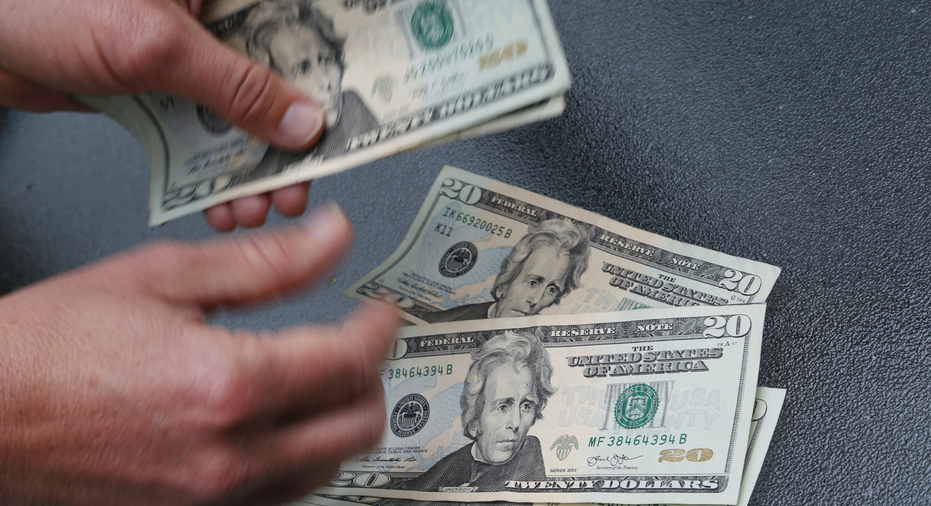Is a personal loan for you?

Personal loans have surged in popularity, due in part to increasing consumer confidence and a growing array of online lenders to provide them.
Credit reporting agency Experian says that personal loans were the fastest-growing type of consumer debt in the past year. According to Experian, existing personal loan debt hit $273 million in the second quarter, up 11 percent from the same quarter last year. While personal loans remain a small part of overall consumer debt, that's a faster increase than seen for auto, credit cards, mortgages and student loan borrowing.
THE BASICS
A personal loan can be used for any purpose, although they are often used to consolidate debt or make a major one-time purchase.
The money is provided in a lump sum and repaid over a fixed period of time — typically a few years — with equal monthly payments.
Consumers like personal loans because they provide an easy solution when they need a large sum of cash, such as to pay for braces or a new roof. And for those people trying to dig out from under credit card or other revolving debt, the loan establishes an easy means to budget with lower interest rates than credit cards, and with a finish line for repayment they can look forward to.
The exact interest rate someone pays depends on several factors, including credit score, credit history, monthly cash flow and debt-to-income ratio. The stronger your credit profile and history of financial responsibility, the lower the interest rate you can expect.
THE NEED
Consumers are using personal loans for a variety of big purchases.
Lending Point, an online provider of personal loans, found that its customers use loans for different needs based on their age and the time of year. Younger people, for example, tend to use loans to pay for weddings and moving expenses, while older borrowers tend to use the money for medical expenses and home improvement. Chief Marketing Officer Mark Lorimer said this reflects some of the younger generation's leeriness about credit card debt.
But looking at all age groups, they follow a seasonal theme as well — borrowing in December is more than twice as likely to be earmarked for medical procedures than during the rest of the year. Loan requests in August tended to be higher for moving and weddings, while those in February are nearly three times as likely to go toward taxes.
THE USE
So what is the right way to use the loan? Experian's Public Education Director Rod Griffin said personal loans are best viewed as a short-term loan for one-time use.
While good for big purchases, they can also be a smart move if you are struggling to pay off multiple credit cards. However, consider how you got into debt with credit cards in the first place and how to manage your budget moving forward. You don't want take out the loan and run up your cards again, only to find yourself back in the same place later on.
Similarly, if you are borrowing to gamble, support an addiction, take a vacation or bail out a family member or friend in need, you may be in a worse situation down the road, said Bruce McClary, spokesman for the National Foundation for Consumer Credit Counseling.
You can get a personal loan through a bank, credit union or other lender. It pays to shop around and find the best terms. Never sign a loan contract without having a complete understanding of all of the details, McClary advises. By law, the lender must disclose the interest rate and all associated costs of repayment before you sign anything.
If you think you may need to borrow more later on, consider other types of borrowing such as a personal line of credit or using your credit card.
"Overall, consumers should remember - credit is a tool to be used wisely," Griffin said. "A personal loan should be taken because of necessity with a plan in place to pay it back quickly and on-time to keep you debt-free and to maintain a good credit score in the future."



















